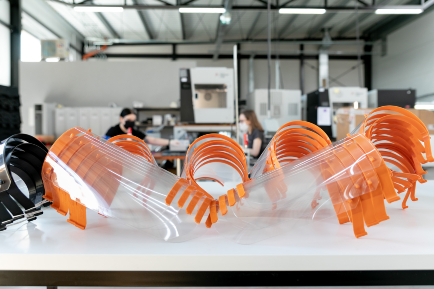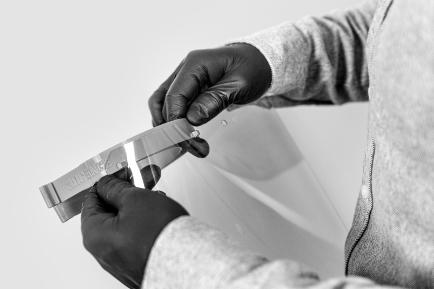3D printing entered serial production.
COVID-19 pandemic has helped
Over the years, 3D printing was treated as support for the production process. However, it was still very rarely used in serial production. Everything changed during the COVID-19 pandemic. The 3D printing industry quickly managed to switch to the production of the necessary equipment for medical facilities. Thus, showed that the use of 3D printers can successfully complement manufacturing processes in many companies, including the manufacturing sector.







